There is nothing quite like the aroma of these scones baking in your oven first thing in the morning. Well… there is the sensation of breaking a warm freshly-baked scone open and spreading a little butter on top before popping it into your mouth where the scone gently crumbles. That’s a pretty great experience too! 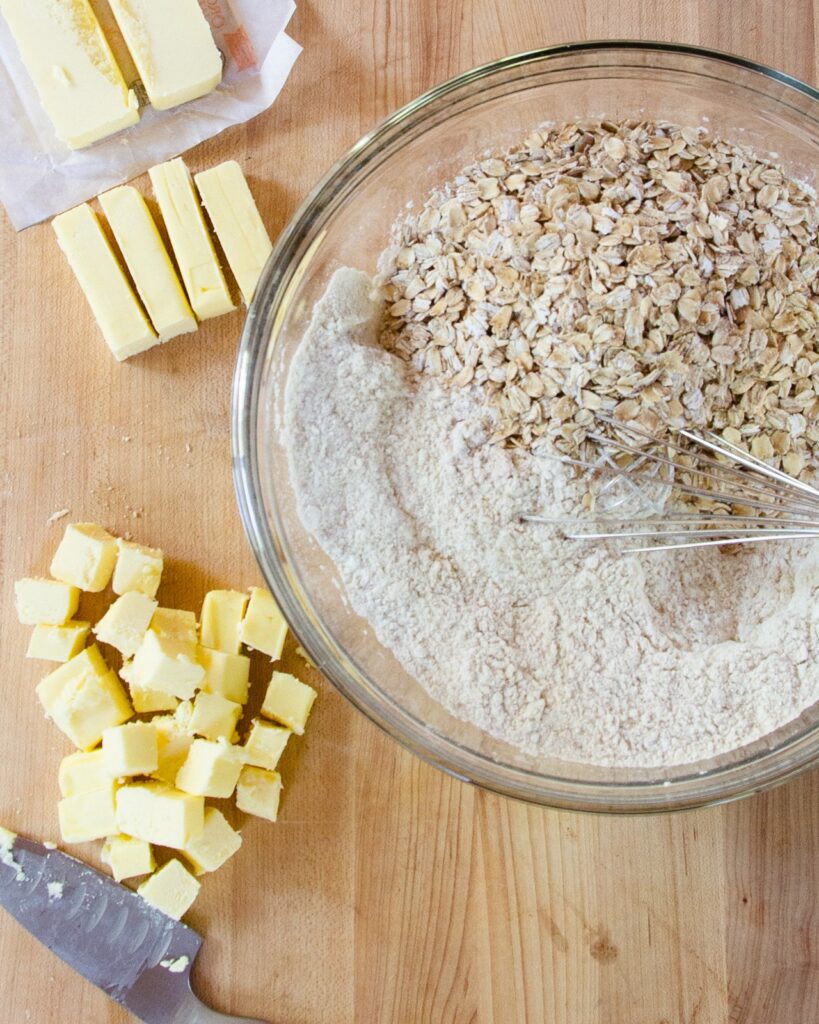
Annie’s been making these scones for as long as I can remember. She adapted this recipe from an old Martha Stewart scone recipe, but has made some tweaks of her own and tried innumerable fruit combinations that have all been delicious – cranberry and orange, banana and blueberry, strawberry and rhubarb and the classic lemon and blueberry to name a few. She’s become a pro at making these scones and can practically make them in her sleep. They are not difficult to make, but there are a few tips that can help you make them in your sleep too!
The first thing to understand is how much to cut the butter into the dry ingredients. Below is a photo of what I mean when I say the mixture should look like coarse meal. There should still be chunks of butter left in the mixture – they can be randomly sized, but no bigger than a pea. I find it easiest to pinch the butter into the dry ingredients with my fingers. This ensures you won’t over-mix the butter and you have constant knowledge of the size of the butter cubes as they get smaller.
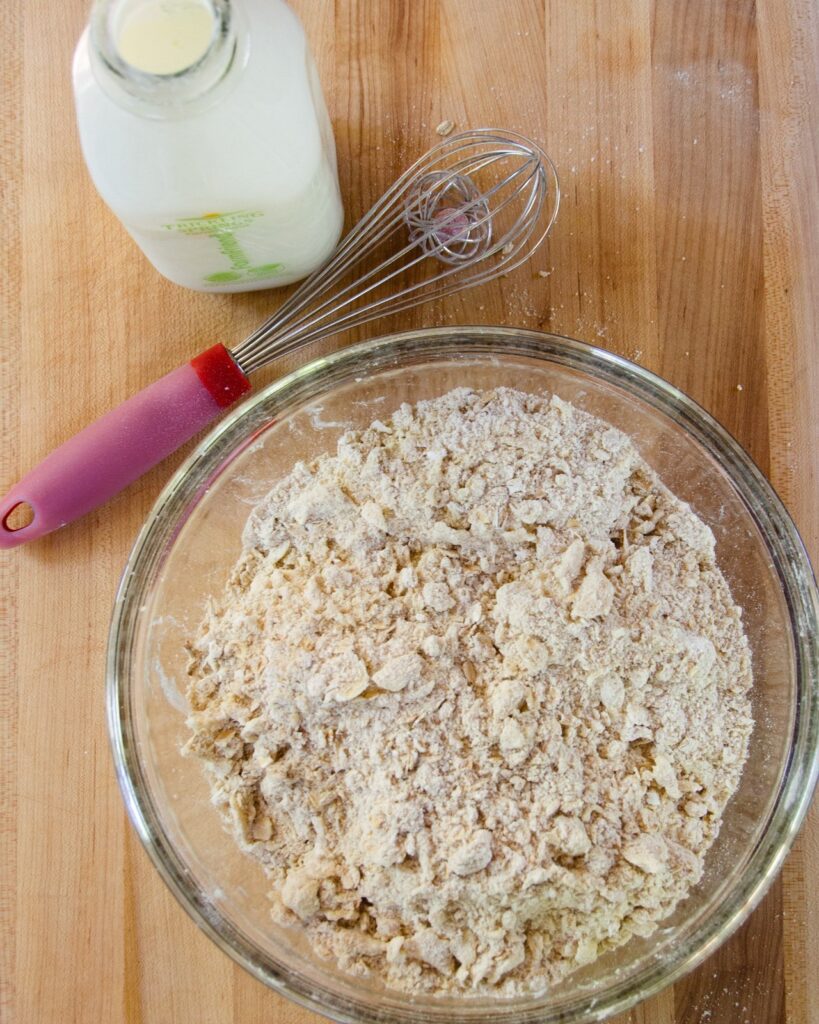
After you’ve mixed the buttermilk into the dry ingredients and it’s become a shapable dough, you need to understand how to shape the dough and mark it for cutting. It is Martha’s original recipe that shapes the scone dough into a log and then scores it into triangles. I really like this technique because it allows you to cut the log into sections to freeze, rather than freezing ten scones altogether. I like to portion out the scones into sections of two, wrap them and freeze them so that I can easily pull one section out of the freezer and bake just two scones at any time. Why? Because if I baked ten scones, I’d eat at least 5 of them immediately!
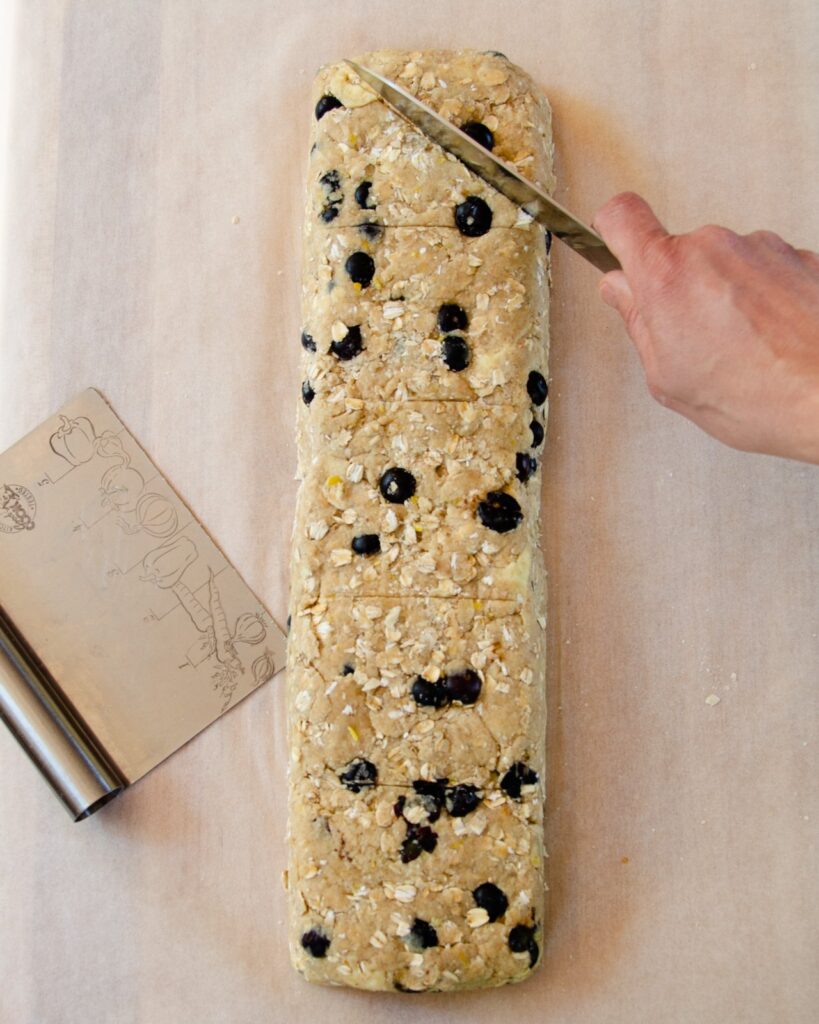
Keeping the scones in the freezer has two benefits. First of all, the scones bake better if they go into the oven cold – it takes the butter more time to melt and by the time it does, the proteins have set enough to keep the shape of the scone intact, preventing it from flattening. Secondly, it means you can make a batch of scones one day and have several little packages of scones ready and waiting for you to bake any morning you feel like one, or if you have company staying with you.
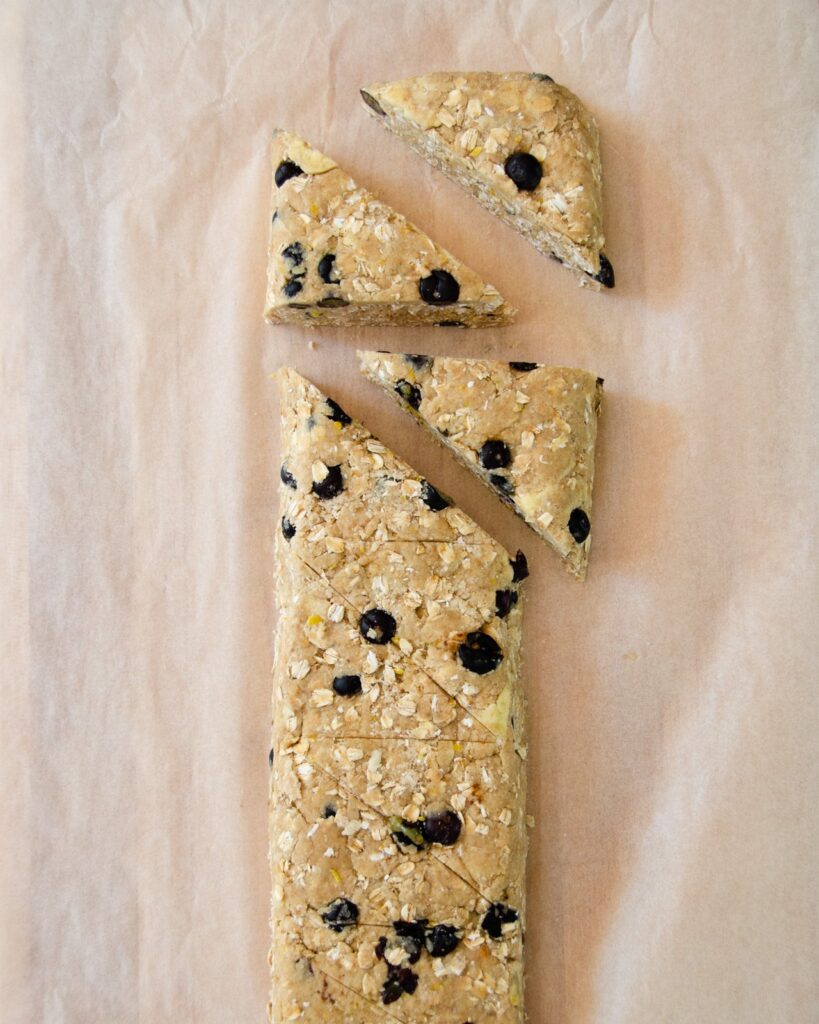
The baking is the easiest part, but I do like to bake them on a parchment lined baking sheet. It’s completely unnecessary, but it does save you a little scrubbing should any of the fruit fall out of the scones and burn on the pan. No one wants to scrub a pan in the morning, especially after the extraordinary aroma has filled the house and you’ve had the extreme pleasure of one of these morning scones melting in your mouth.



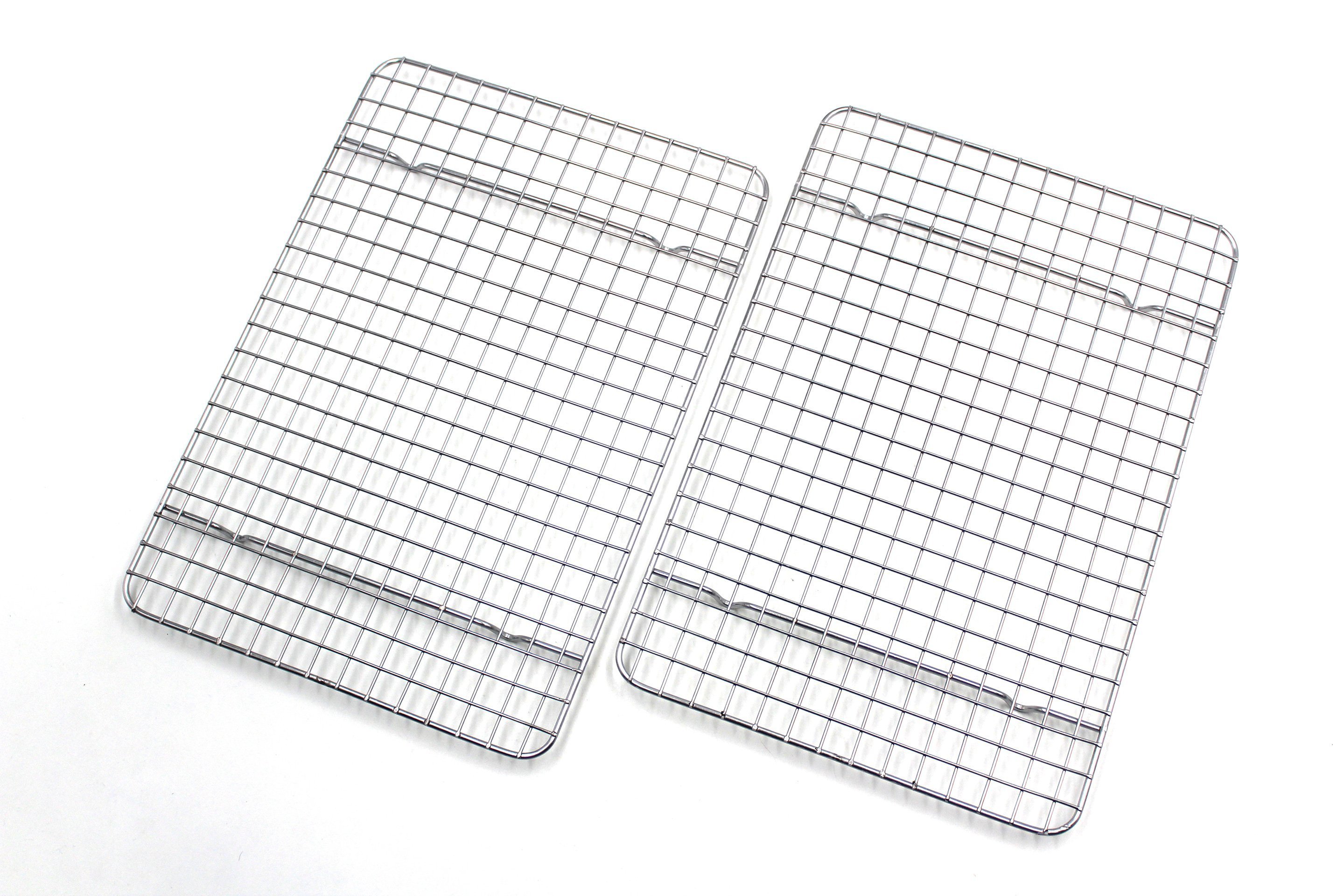


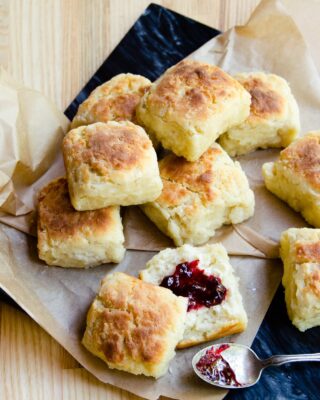
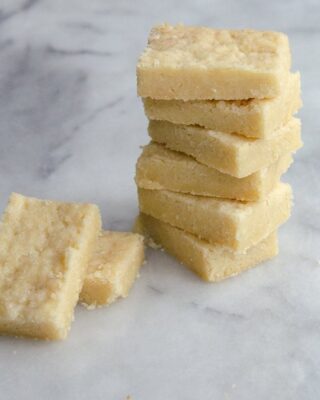
I own a beautiful ceramic scone pan from King Arthur flour. Do you think your recipe can be adapted to use my beautiful dish? It bakes scones so nice!
I think I know what you’re talking about – a round pan that is already divided into triangular wedges? I’d definitely try baking the scones in that pan. It might take just a little longer because the scones will be insulated a little by the ceramic, but I’m sure it will work out perfectly.
please will you make your recipes easier to print dont want to print all 9 pages. Look forward to printing lots of your recipes.
Thank you
Hi Janet. I think you missed the “Print Recipe” button that is on the top right of the recipe card. If you click that, you’ll print just the recipe – one page with a small thumbnail photo in the top corner. Give that a try. 🙂
I made these scones this morning. Very easy recipe and I loved how fun the dough was to work with. And then comes the tasting. Absolutely delicious and satisfying. A keeper in my arsenal.
Great, and so well written it’s easy to follow. Just what I always expect from you, Meredith! Any ideas about what to do with the rest of the quart of buttermilk? Or in future, can I use KAF’s powdered buttermilk so I don’t have leftovers?
Hi Kay and thank you! You can do lots of things with the remaining buttermilk: marinate chicken for fried chicken, use it in a vinaigrette, make waffles or pancakes… I don’t think you’ll have the exact same results with rehydrated powdered buttermilk, but you could give it a try.
I’d love to try these scones, but at 476 calories and 57 carbs per scone, it’s just too high for me. Does the Nutritional Information apply to just one scone? There is no serving size noted.
Hi Ginny. Yes, the nutritional information is per scone. Scones (and any baked good really) are a sometimes treat. 😊
I want to try this using frozen raspberries. What do you think? Should I thaw them first?
Hi MerryBeth. I would not thaw them first. Mix them in and then you freeze the scones (at least partially) anyway. Using them frozen will be a lot less messy. ML
They came out great, and were so easy to make.
Any suggestions for not using the whole wheat flour? Could I use all AP?
Hi Becky. Whole wheat flour and AP flour have different protein content and therefore absorb liquids differently and give finished goods a different texture. You could just go with AP flour, but be prepared to play with how much liquid you add and expect the scone to be lighter and fluffier.
Hi Meredith! I have enjoyed trying out your recipes! Do you have any recommendations for modifying ingredients/methods for high altitudes? In Denver, CO, we are at 5,300 feet above sea level and many of my tried and true recipes from back East haven’t turned out very well.
Hi Christine. Cooking and baking at high altitudes is tricky – especially once you’re over 3500 feet above sea level, and you’re way above that. Here’s good information on how to cook at high altitude from The Spruce Eats (a trusted resource). In addition, I have information on pressure cooking at higher altitudes and you’ll find that at the bottom of this page here. Hope that helps!
ML
I made them with dried cranberries. I also made them smaller. I also had to gift them as soon as possible to get them out of the house in order to stop eating them. There were really good and moist.
I started making these when you first showed us in a live Facebook feed. They always came out great. Lately, when I form the rectangle log, the dough won’t bind together well (even after putting it in the freezer for awhile before scoring). Am i doing something wrong? It’s driving me crazy!
You probably just need a little more liquid – add a little more buttermilk until the dough feels like it is binding well as you make the log.
ML
Thanks for another great recipe, Meredith 🙂 We are having family over for brunch at the end of this month and this tops the list. I have been practicing making them, and so far they come out great. I have never cooked before, or thought that I could. You make it not only easy, but a blast too!
So great to hear that, Annette! Thank you so much!
ML
Hi Meredith, I just made the scone dough and put them in the freezer. I just watched the video (which I didn’t see before making the dough) and saw on the video there was lemon zest. But lemon zest wasn’t an ingredient listed in the recipe so I didn’t put it in. Would it work to put a little lemon zest on top before I bake them or would that be too much?
Hi Jamie! The zest is meant to be added with the fruit. The recipe just calls for fruit with some examples of flavors you can use, because these scones can really be made with any fruit and zest combination you like. I did just adjust the recipe in include adding any zest you might be using as a reminder. Thanks for bringing it to my attention!
I did notice the lemon zest in the ingredients after I already made the dough and put it in the freezer. The scones came out great despite not putting lemon zest in the recipe. I brushed them with a little lemon juice prior to baking. They were delicious!
Hi Jamie! So glad you tried this recipe and they came out well.
How much zest to use looks like either or I’m confused or not reading correctly.
Hi Deborah. The recipe is written so that you add whatever fruit you like. For the zest, I would add zest of 1 lemon or about 2 – 3 teaspoons.
I’d like to make the orange cranberry scones. Do you just use orange zest or add orange juice?
I just add orange zest to make orange cranberry scones.
I was quite surprised to see this recipe this morning on FB. I’ve been making Martha’s recipe for over 20 years. There was a bakery in my town that made oatmeal scones and I search and searched for a comparable recipe and found this one. They are the best scones. I’ve never used fruit but have always used dried currents. I freeze them to have when needed. Family and friends rave about them.